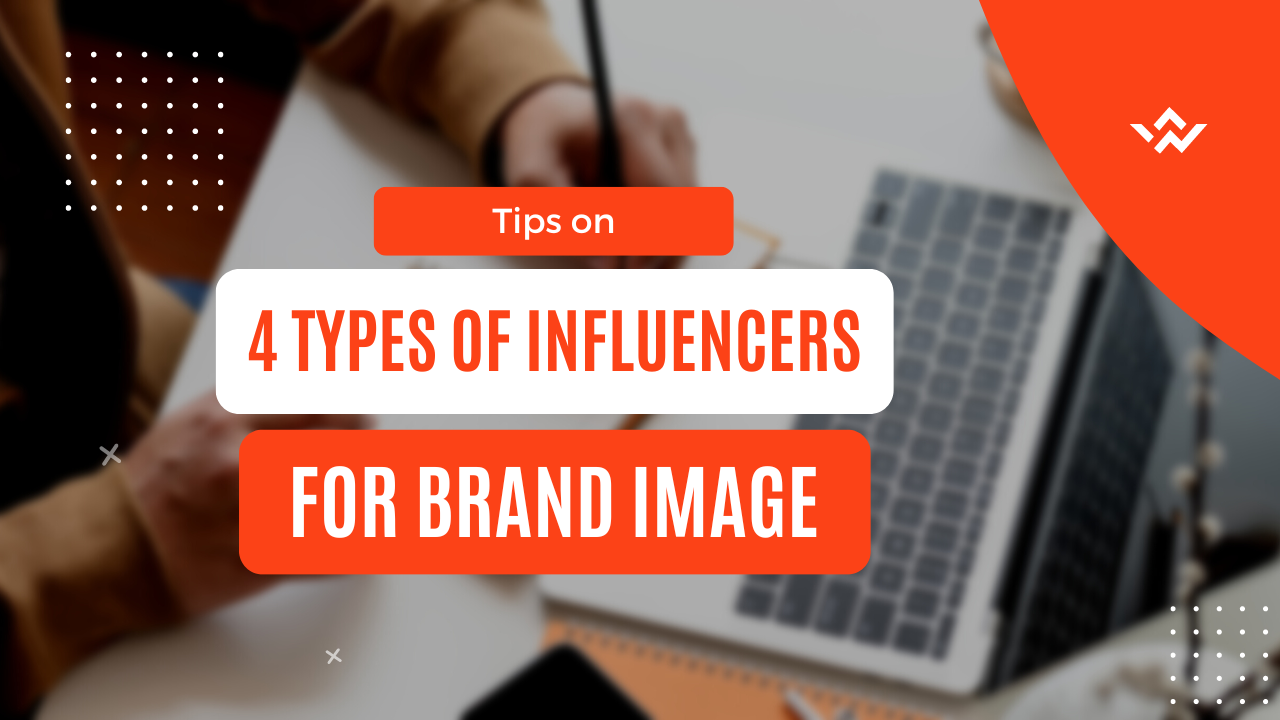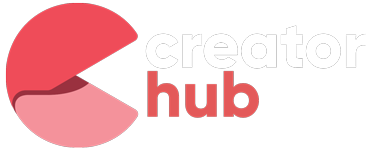
Tips on 4 types of influencers for brand image
When working with influencers, it’s important to choose the right type of influencer based on your brand’s goals and target audience. Additionally, it’s important to have clear goals, strategies, and KPIs in place to measure the success of your influencer marketing campaigns. Brands use different types of influencers to reach and engage with their target audience in various ways. By using a mix of different types of influencers, you can reach a wider audience, tap into various niches, and achieve your brand’s marketing goals. It’s important to carefully choose the right type of influencer for each campaign to maximize its impact. Explore here to know the 4 types of influencers that can help boost your brand, and why you should use them.
4 types of influencers that can help boost your brand:
- Macro Influencer: Macro influencers have a large following (100,000+ followers) and a broad reach. They are ideal for generating brand awareness and building brand reputation.
- Micro-Influencer: They have a smaller following (5,000-100,000 followers) and a more engaged audience. They are ideal for niche-specific marketing campaigns.
- Nano Influencer: Nano influencers have a small following (1,000-5,000 followers) but are often highly engaged with their audience. They are ideal for reaching a specific target audience.
- Celebrity Influencer: Celebrity influencers have a large following and high credibility. They are ideal for high-impact, high-visibility campaigns.
Types of influencers brands need
Mega-influencers
These are influencers with over 1 million followers on social media. They are suitable for brands that want to increase their visibility and reach a broader audience. Mega-influencers can be expensive, but they can drive massive engagement and conversions.
Macro-influencers
These are influencers with 100,000 to 1 million followers on social media. They have a smaller but more engaged audience, and they are suitable for brands that want to build brand awareness and credibility.
Micro-influencers
These are influencers with 1,000 to 100,000 followers on social media. They have a highly engaged and loyal audience and are suitable for brands that want to build a deeper connection with their target audience.
Nano-influencers
These are influencers with less than 1,000 followers on social media. They have a small but highly engaged audience and are suitable for brands that want to target a specific niche or local audience.
Overall, brands use different types of influencers to reach different objectives, from increasing visibility to building a loyal community. The key is to identify the right influencer based on the brand’s goals, audience, and budget.
Benefits of using the different types of influencers
- Macro Influencers: The broad reach of macro influencers can help generate brand awareness and build brand reputation on a large scale.
- Micro-Influencers: They have a smaller, but more engaged audience, which can help increase conversions and drive sales. Their niche-specific focus can also help reach a highly targeted audience.
- Nano Influencers: Nano influencers have a small, but highly engaged following, making them ideal for reaching a specific target audience. They can also help increase word-of-mouth referrals and boost brand loyalty.
- Celebrity Influencers: Celebrity influencers have high credibility and a large following, making them ideal for high-impact, high-visibility campaigns. They can help increase brand awareness and generate media attention.
Conclusion
In conclusion, influencer marketing is a powerful tool for boosting brand awareness, increasing conversions, and driving sales. By utilizing different types of influencers, from macro to nano, you can reach a wide range of audiences, tap into niche markets, and achieve your brand’s marketing goals. When working with influencers, it’s important to choose the right type of influencer for each campaign, have clear goals, strategies, and KPIs in place, and track and measure the results. With the right approach, influencer marketing can deliver significant benefits for small businesses, entrepreneurs, and brands in the North East region.
